1. This History Thread is about US Office of Strategic Services (OSS) Detachment 101, a multi-ethnic force Allied against Fascism in World War 2 Burma. It’s based on my article “Fire-Hardened” in Oct. 2020 issue of The Sentinel: https://www.specialforces78.com/chapter-78-newsletter-oct-2020/">https://www.specialforces78.com/chapter-7...
2. Burma was a British colony when invaded by Japan in 1942. A barrier to supply routes from India to US-supported Chinese military. Lt. Gen. “Vinegar Joe” Stilwell persuaded of need for a specialized intelligence unit by Brig. Gen. “Wild Bill” Donovan, founding director of OSS.
3. Stilwell & Donovan chose Capt. Carl Eifler to command OSS Detachment 101 which sought recruits from Burma Army personnel & refugees in India. Many Anglo-Burmese & Chinese-Burmese joined. Volunteers from many Burma ethnic groups (Karen, Burman, Shan, Ta’ang) signed up.
4. 101 set up HQ in Assam NE India, to infiltrate Burma, gather intelligence & ambush behind Japanese lines. 101 forged partnership with Kachins, Indigenous people of Burma’s northern mountains. #Kachin leader Zhing Htaw Naw had already been conducting raids against the Japanese.
5. 101’s first infiltrations in 1943. Became clandestine parachute jump infiltrations and air-dropped supplies. Sabotage of railway lines was early priority. Kachin 101 raiders struck Japanese camps and depots, demolishing supplies and even liberating rice for their own needs.
6. 101 depended completely on Kachins as guides, scouts, basic survival experts. Tactics influenced by Kachin hit & run abilities. Kachins contributed “punji” to lexicon. Intel obtained by 101 included a captured Japanese pilot’s photo revealing how Japanese disguised airfields.
7. As the Hump Pilots of Air Transport Command braved relentless Japanese fighter interference, perilous weather and Himalayan peaks, 101 became their emergency support system, organizing rescues of over 400 downed Allied crew members as well as civilian passengers.
8. 101’s intelligence gathering web stretched from the snowy frontier of Tibet to Mandalay and hundreds of #Kachin guerrillas harassed the Japanese. In addition to field operatives from Burma, American 101 officers were stationed in country. Missionary priests also participated.
9. 101 operations expanded to Arakan on Burma’s sw coast. Eifler suffered severe concussion during an Arakan team insertion from a submarine. His injury caused him to be relieved of command, replaced by Lt. Col. William Peers Dec. 1943. Arakan 101 article: https://www.soc.mil/ARSOF_History/articles/pdf/v5n1_operation_boston.pdf">https://www.soc.mil/ARSOF_His...
10. 101 coordinated w. other Allied secret/irregular units in Burma inc. Kachin & Chin Levies, Maj. Gen. Wingate’s Chindits & Special Operations Executive (SOE Force 136.) 101 commander Saw Judson worked w. Chindits among Kachins. Learn about SOE in Burma: http://soeinburma.wordpress.com"> http://soeinburma.wordpress.com
11. Stilwell plan to retake northern Burma in 1944, 101’s Kachin guerrillas assisted Merrill’s Marauders push to Japanese-occupied Mytikyina. Burmese 101 agent Maung surveilled airfield. 101 Kachin scout Nau guided Marauders & 150th Reg. Chinese 50th Div. to seize airfield.
12. August 1944 Marauders were disbanded. Some ex-Marauders like Tom Chamales joined 101. He wrote a novel based on his experience, “Never So Few” which became a very Rat Pack movie with Sinatra in the lead (I prefer Sam Fuller’s harrowing 1962 “Merrill’s Marauders.”)
13. Under Peers’ command 101 had 10,000+ guerrillas supporting operations that had Japanese troops on the run in north, central, east Burma. East of Bhamo Maj. Lazum Tang & Maj. Peter Joost ran guerrilla force of 2,000+. Kachin raiders supported Allies taking Bhamo in Dec. 1944.
14. 101 set up base in Bhamo with its own aircraft and even used a helicopter once to insert an agent in Shan State. 101’s Kachin raiders helped take Lashio, a Shan State town, allowing the Allies to link the Ledo and Burma Roads, opening land route from India to China at last.
15. Late 1944 101 raided Japanese troops in Shan St. Despite 101’s heaviest losses of the war, closed off Japanese escape route to Thailand. Kachins, Karens, Gurkhas, Shans, Americans & Chinese who fought in final 101 mission earned 1946 Presidential Distinguished Unit Citation.
16. Detachment 101 was inactivated July 1945. By Peers’ accounting 101 had killed 5,428 (“known”) enemy & captured 75 with fewer than 300 of its own personnel killed, captured or MIA. Many air insertions under hazardous conditions but “Total casualties from parachute jumps: 0.”
17. Kachin, Karen, Chin & other veterans of Allied units would fend for themselves in an impoverished Burma isolated by brutal dictatorship. Current efforts to assist them incl. British group @H_4_F_A. American 101 vets funded agricultural programs & education in Kachin villages.
18. Where Burma (Myanmar) borders China, WW2 never really ended. After the superpowers of the time left Burma, ethnic conflict remained. Throughout their ongoing struggle against Burma’s military, generations of Kachins have recognized & honored their WW2 alliance with Americans.
19. Sources include essential Peers/Brelis “Behind the Burma Road” 1963. Richard Dunlop (101) “Behind Japanese Lines” 1979. Tom Moon (101) Eifler biography 1975. Troy Sacquety incl. “The OSS in Burma” 2013. Bidwell “The Chindit War” 1979. Fellowes-Gordon 2 books on Kachin Levies.
20/20. Thanks @richard_duckett for kind feedback on other Allied units & @robert_lyman for so many posts about WW2 Burma/India. My previous Burma (Myanmar) History Threads and Project Maje reports on #Kachin war & other topics can be found at: http://www.projectmaje.org"> http://www.projectmaje.org  https://abs.twimg.com/emoji/v2/... draggable="false" alt="⚔️" title="Gekreuzte Schwerter" aria-label="Emoji: Gekreuzte Schwerter">
https://abs.twimg.com/emoji/v2/... draggable="false" alt="⚔️" title="Gekreuzte Schwerter" aria-label="Emoji: Gekreuzte Schwerter">

 Read on Twitter
Read on Twitter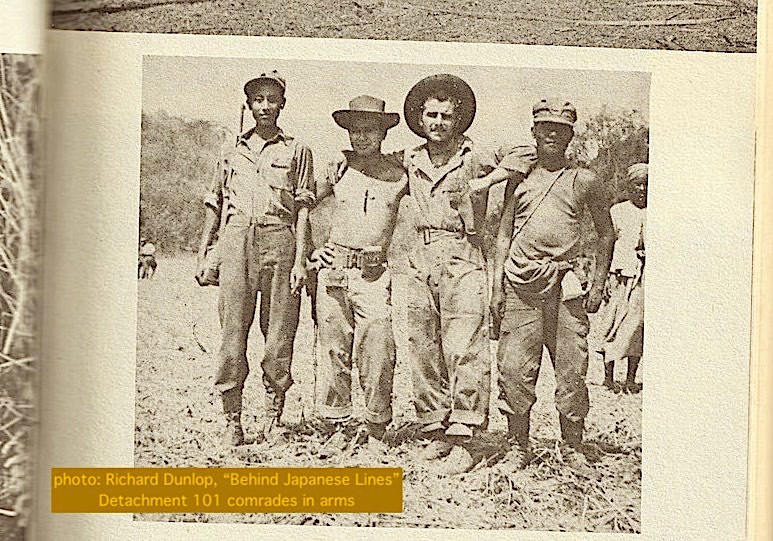
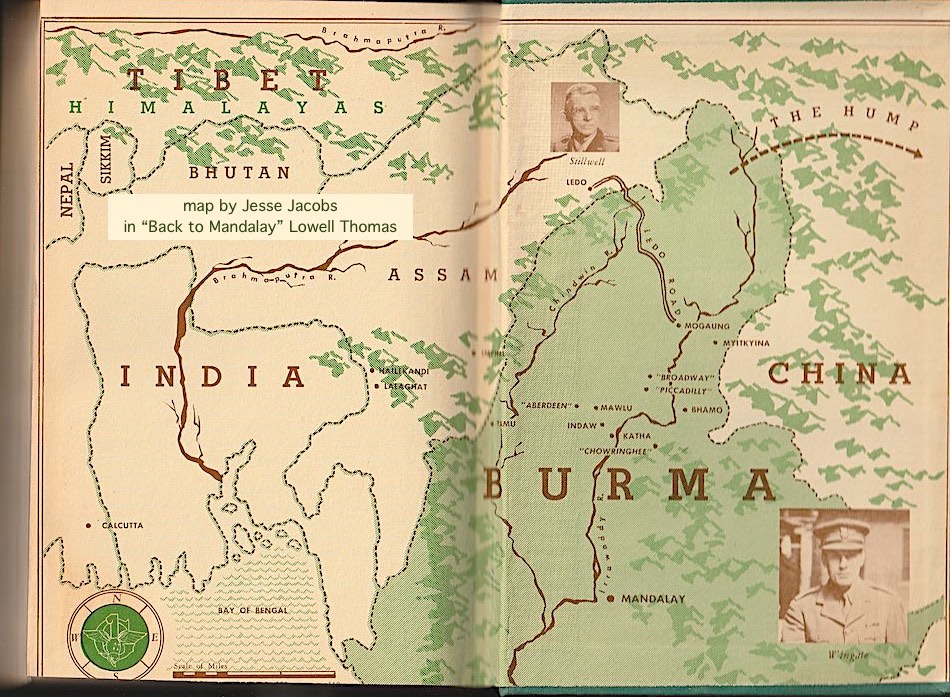
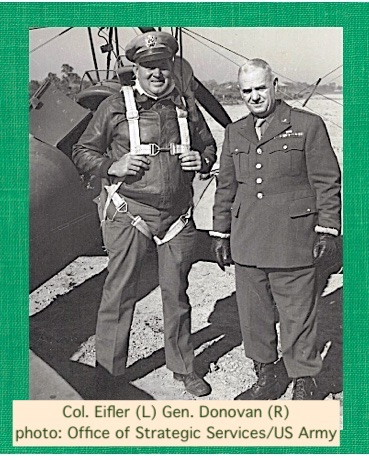

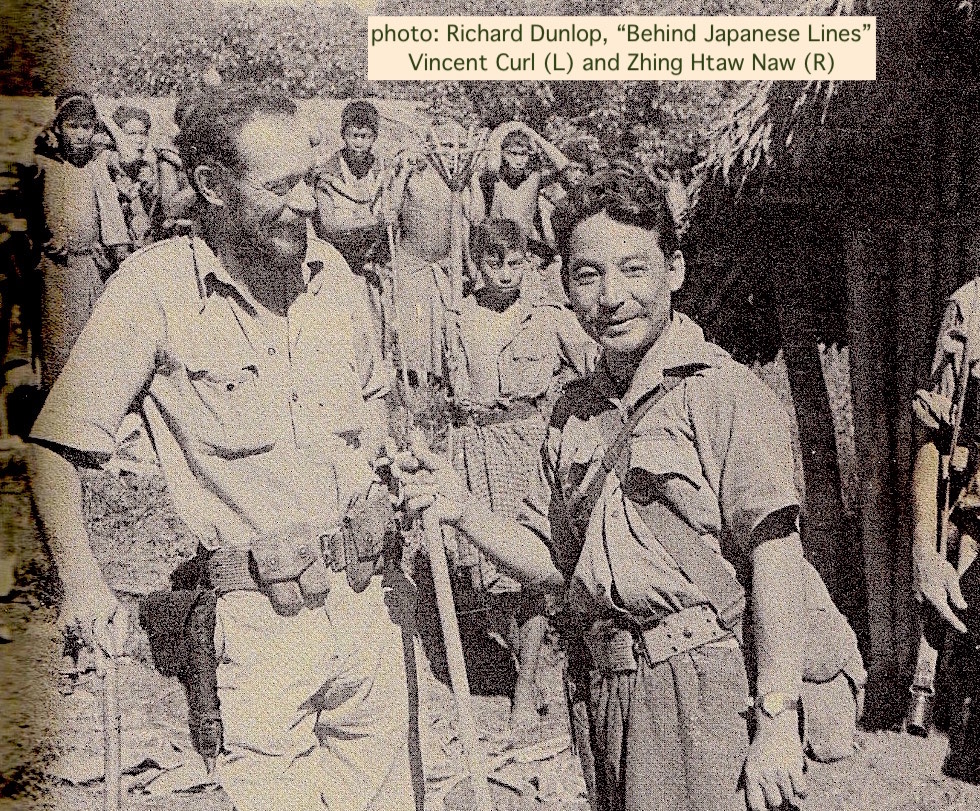
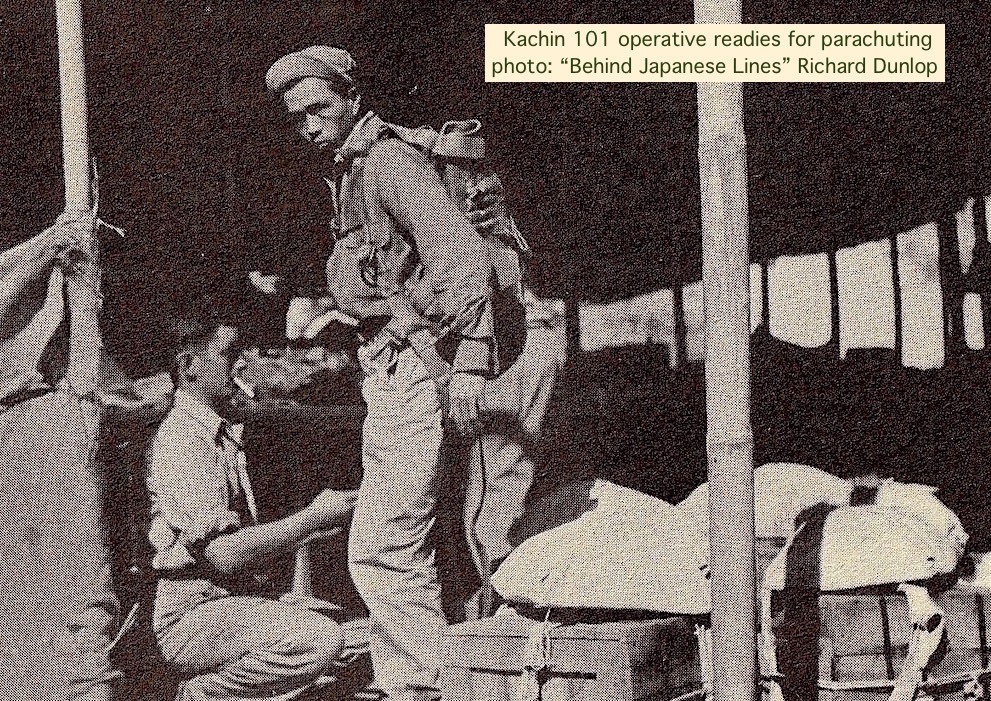

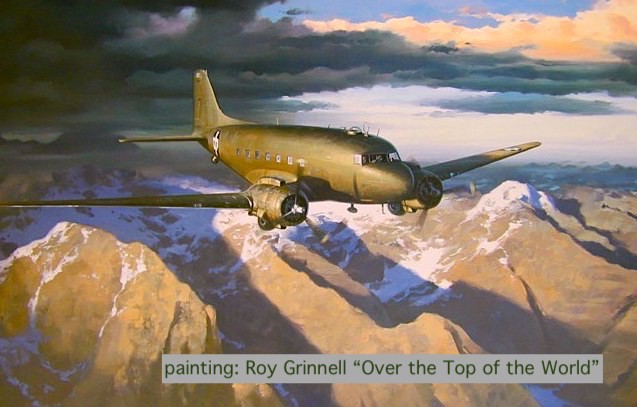
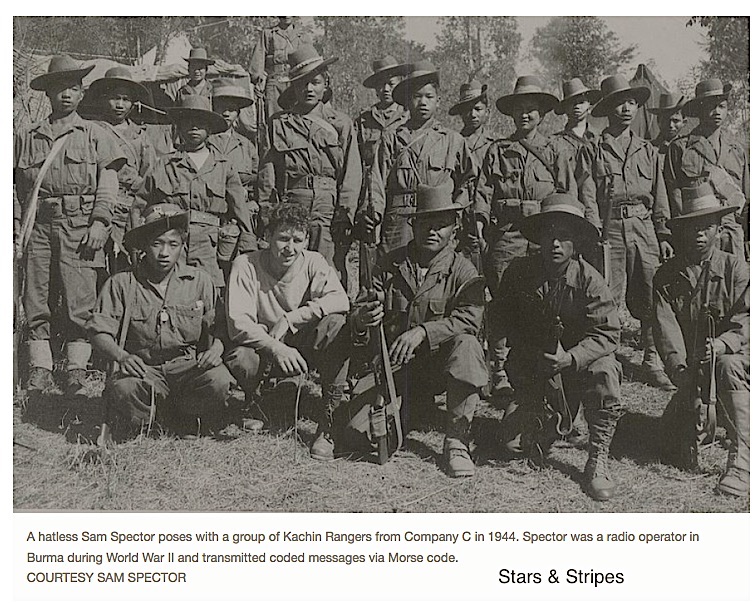
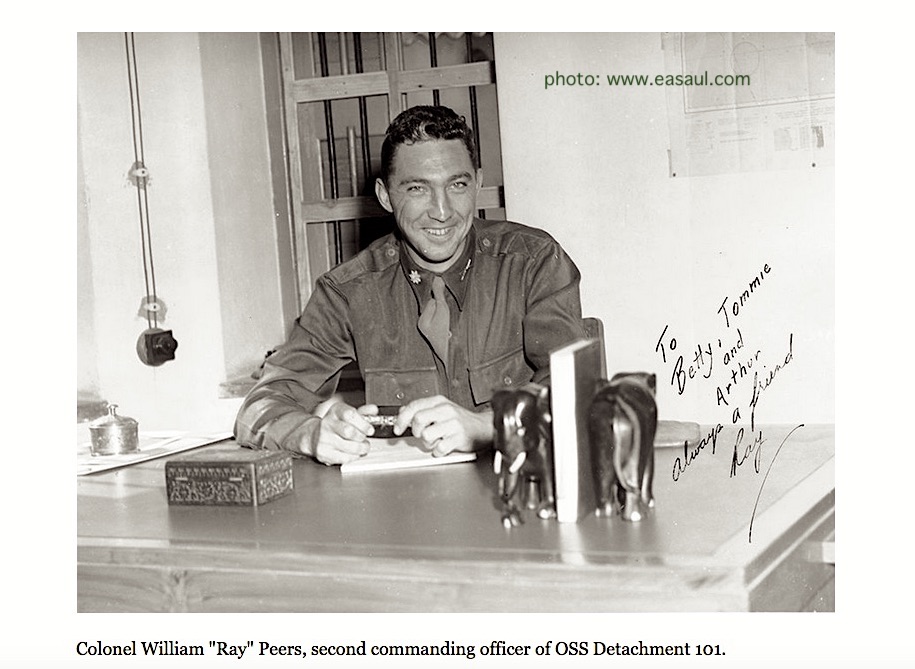
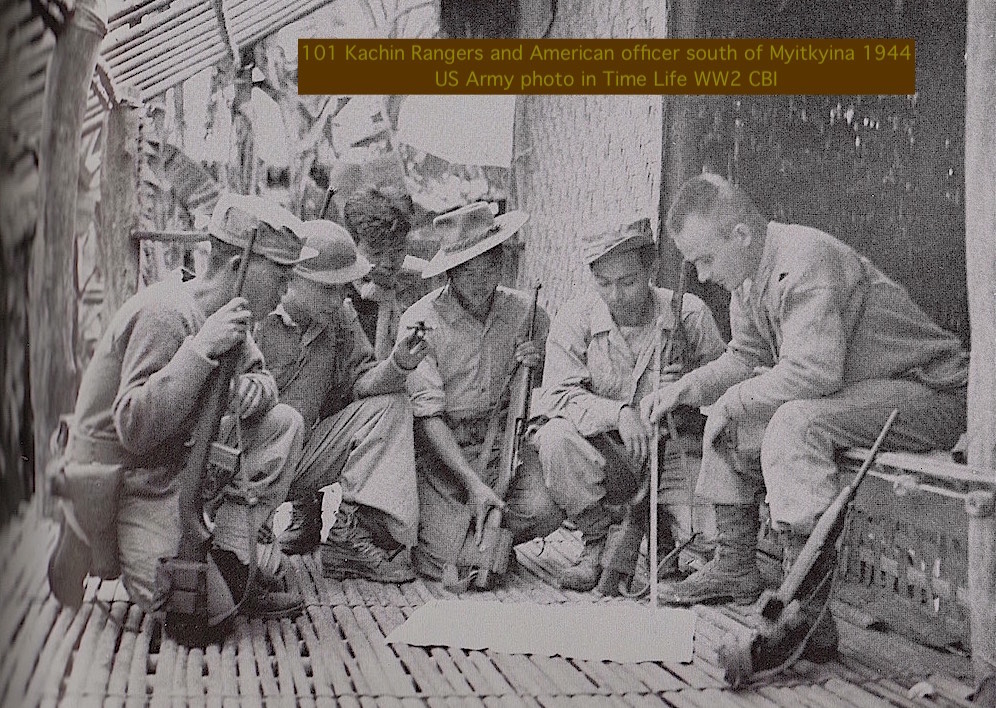
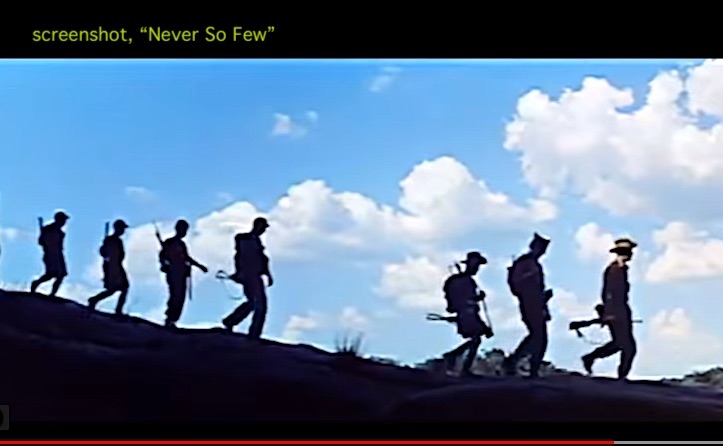
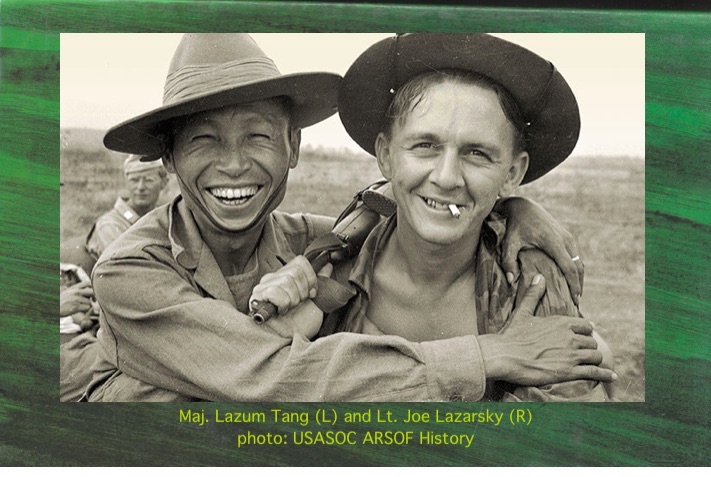
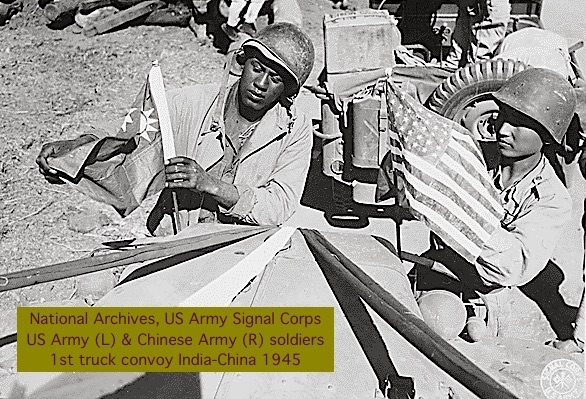

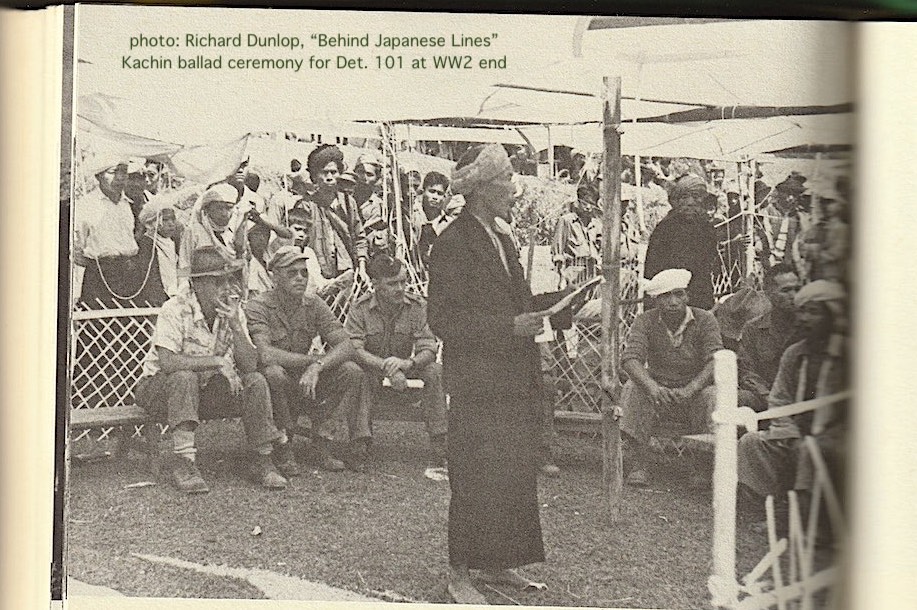
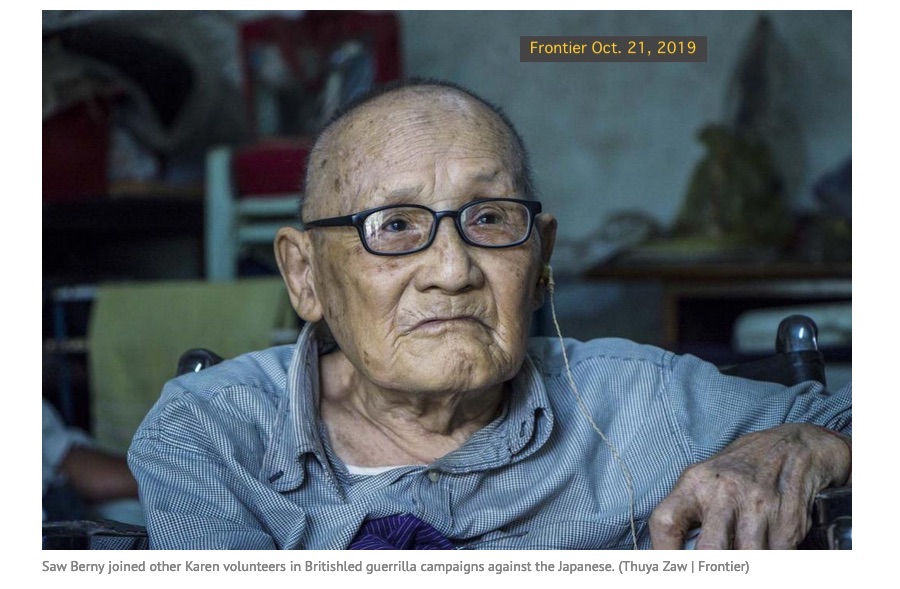

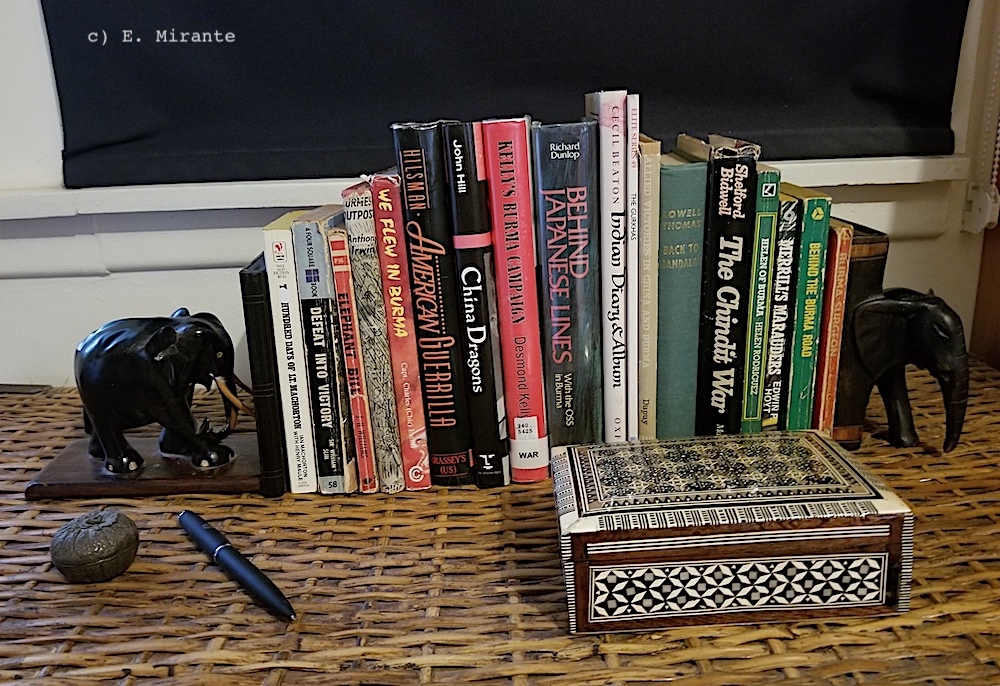
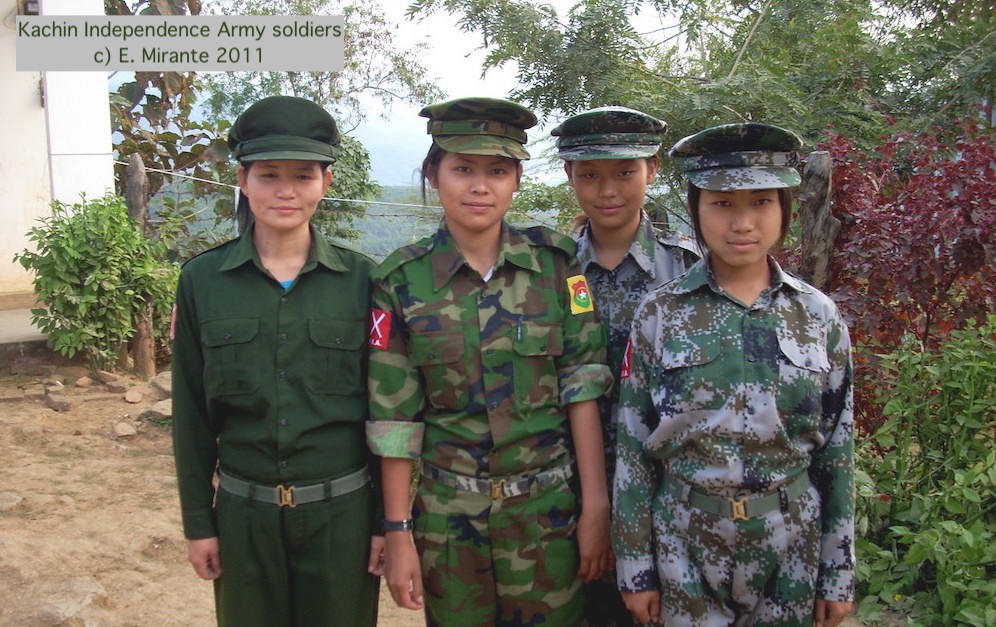 " title="20/20. Thanks @richard_duckett for kind feedback on other Allied units & @robert_lyman for so many posts about WW2 Burma/India. My previous Burma (Myanmar) History Threads and Project Maje reports on #Kachin war & other topics can be found at: http://www.projectmaje.org https://abs.twimg.com/emoji/v2/... draggable="false" alt="⚔️" title="Gekreuzte Schwerter" aria-label="Emoji: Gekreuzte Schwerter">" class="img-responsive" style="max-width:100%;"/>
" title="20/20. Thanks @richard_duckett for kind feedback on other Allied units & @robert_lyman for so many posts about WW2 Burma/India. My previous Burma (Myanmar) History Threads and Project Maje reports on #Kachin war & other topics can be found at: http://www.projectmaje.org https://abs.twimg.com/emoji/v2/... draggable="false" alt="⚔️" title="Gekreuzte Schwerter" aria-label="Emoji: Gekreuzte Schwerter">" class="img-responsive" style="max-width:100%;"/>


